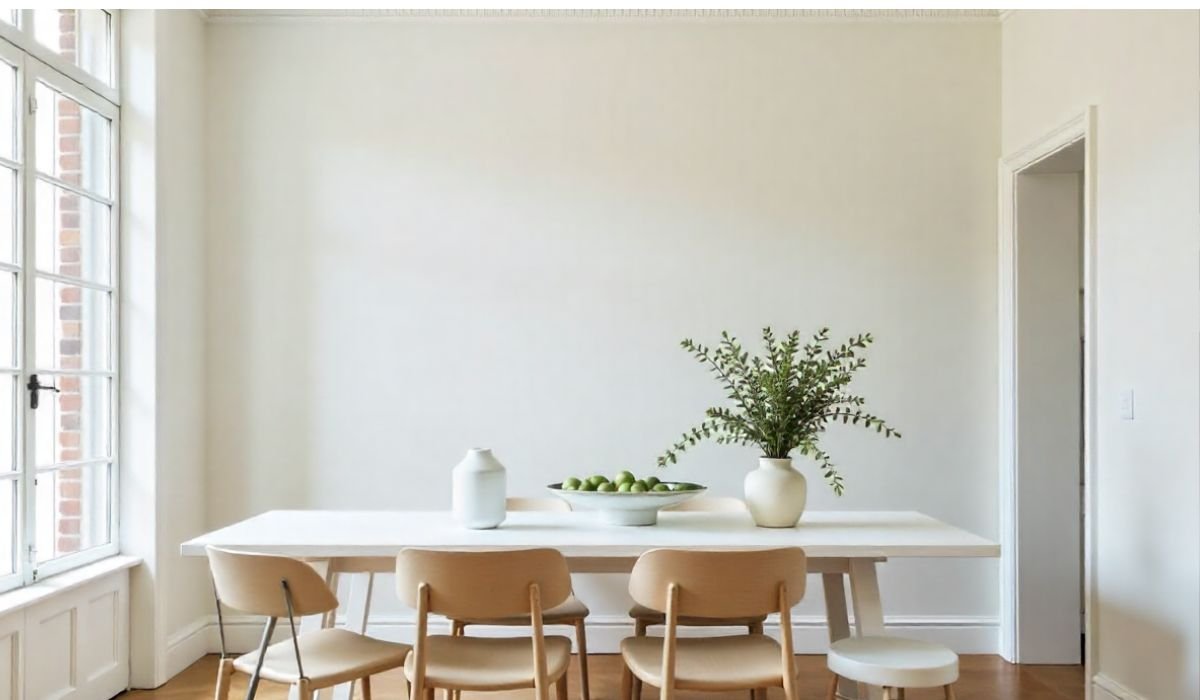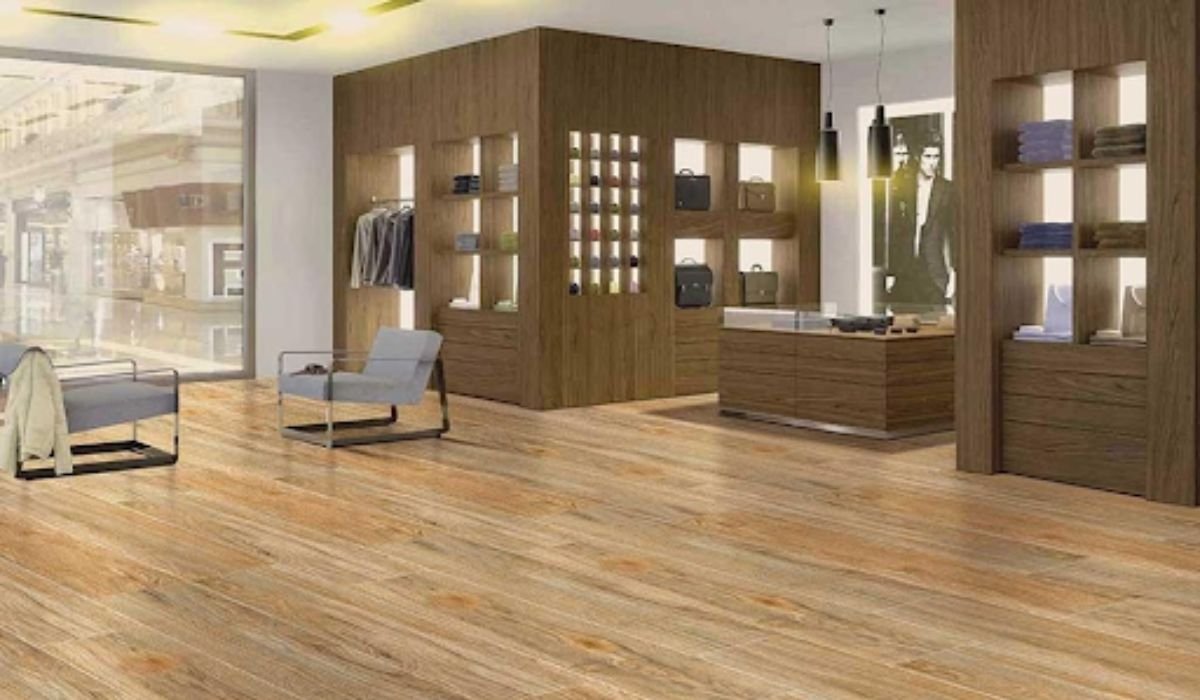Home renovations can transform your space and boost comfort and value, but knowing where to start can be tough. Smart updates focus on functionality, efficiency, and aesthetics, improving daily life. Each room has unique needs—whether it’s optimizing your kitchen, updating your bathroom, or creating a serene bedroom, tailored changes make all the difference.
Kitchen Renovation Tips
The kitchen serves as your home’s command center, making smart design choices essential for both functionality and enjoyment.
Optimize Your Layout for Efficiency
The work triangle—connecting your sink, stove, and refrigerator—should allow smooth movement without obstacles. Keep these three points between 12 and 26 feet apart, total. If you’re working with an open floor plan, consider an island that provides additional prep space while maintaining clear pathways.
Plan for adequate counter space on both sides of your sink and stove. At least 36 inches of continuous counter space works best for meal preparation, while 15 inches on each side of your cooktop prevents cramped cooking conditions.
Choose Modern Appliances Strategically
Energy-efficient appliances reduce utility bills while improving performance. Look for ENERGY STAR certified models that use 10-50% less energy than standard options. Consider your cooking habits when selecting appliances—avid bakers benefit from convection ovens, while busy families might prefer quick-heating induction cooktops.
Built-in appliances create a streamlined appearance, but they typically cost more than freestanding alternatives. Weigh the aesthetic benefits against your budget constraints.
Select Durable Countertops and Cabinets
Quartz countertops offer superior durability and low maintenance compared to natural stone, while butcher block provides warmth at a lower price point. Avoid trendy materials that might look dated in five years.
For cabinets, solid wood construction lasts longer than particle board, even though the initial investment is higher. Soft-close hinges and full-extension drawer slides enhance daily usability and reduce wear over time.
Bathroom Renovation Tips
Bathrooms require careful attention to moisture management and space optimization while creating a relaxing environment.
Install Water-Saving Fixtures
Low-flow toilets use 1.28 gallons per flush compared to older models that use 3.5 gallons, saving thousands of gallons annually. WaterSense labeled showerheads maintain strong water pressure while reducing flow to 2.0 gallons per minute or less.
Dual-flush toilets offer even greater savings by providing different flush options for liquid and solid waste. These fixtures typically pay for themselves through reduced water bills within two years.
Focus on Proper Tiling and Ventilation
Porcelain tiles resist moisture better than ceramic options and work well for both floors and shower surrounds. Large format tiles create fewer grout lines, reducing maintenance while making small bathrooms appear larger.
Install exhaust fans rated for your bathroom’s square footage—typically 1 CFM per square foot. Proper ventilation prevents mold growth and extends the life of your finishes. Timer switches ensure fans run long enough to remove moisture effectively.
Consider Accessibility Features
Grab bars aren’t just for seniors—they provide safety for all ages, especially in wet conditions. Install them near the toilet and in shower areas, ensuring they’re anchored into wall studs for proper support.
Curbless showers create a seamless look while accommodating future mobility needs. If a complete renovation isn’t possible, consider reducing curb height to 2 inches or less for easier entry.
Bedroom Renovation Tips
Your bedroom should promote rest while providing adequate storage for your belongings.
Create a Calming Atmosphere
Cool colors like soft blues, greens, and grays promote better sleep than warm tones. If you prefer warmer colors, use them sparingly as accent pieces rather than dominant wall colors.
Blackout curtains or cellular shades block outside light that can disrupt sleep cycles. Layer window treatments with sheer panels for privacy during the day while maintaining natural light.
Maximize Storage Solutions
Built-in closet organizers double your storage capacity compared to single hanging rods. Include a mix of hanging space, shelving, and drawers to accommodate different clothing types.
Under-bed storage boxes utilize often-wasted space for seasonal items or linens. Platform beds with built-in drawers provide storage without requiring additional floor space.
Implement Strategic Lighting
Layered lighting serves different purposes throughout the day. Overhead fixtures provide general illumination, while bedside lamps offer task lighting for reading. Dimmer switches allow you to adjust brightness levels for different activities.
Avoid placing televisions or bright lights directly in your line of sight when lying in bed. This positioning can interfere with your body’s natural sleep signals.
Living Room Renovation Tips
The living room brings families together and welcomes guests, requiring a balance of comfort and style.
Arrange Furniture for Conversation
Position seating pieces to face each other rather than all facing the television. This arrangement encourages interaction while still allowing comfortable TV viewing when desired.
Maintain 14-18 inches between coffee tables and seating for comfortable movement. Leave at least 3 feet of walking space around furniture groupings to prevent the room from feeling cramped.
Upgrade Your Entertainment System
Hide cables and wires using cord management systems or built-in channels. Wall-mounted televisions save floor space while providing better viewing angles when mounted at eye level.
Consider acoustic treatments if your living room has hard surfaces that create echo. Area rugs, curtains, and upholstered furniture naturally absorb sound without requiring specialized panels.
Establish a Strong Focal Point
Fireplaces naturally serve as focal points, but you can create visual interest with large artwork, accent walls, or built-in shelving. Avoid competing focal points that divide attention and make rooms feel chaotic.
Use lighting to highlight your chosen focal point. Picture lights, recessed spots, or strategically placed table lamps draw attention to special features while creating an ambient atmosphere.
Garage Renovation Tips
Transform your garage from a storage dumping ground into a functional extension of your home.
Start with proper organization systems. Wall-mounted shelving and pegboards keep tools and equipment accessible while freeing floor space. Overhead storage racks accommodate seasonal items that you don’t need regular access to.
Epoxy floor coatings resist oil stains and make cleaning easier while creating a finished appearance. These coatings also help prevent concrete dust, keeping your garage cleaner.
Consider climate control if you plan to use the space as a workshop or exercise area. Quality garage doors from Utah, along with insulating the doors and walls, make temperature regulation more affordable and effective.
Adequate lighting transforms functionality. LED fixtures provide bright, energy-efficient illumination for detailed work while lasting longer than traditional options.
Conclusion
Begin by assessing your current spaces and prioritizing changes that will have the biggest impact on your daily life. Focus on functional, comfortable improvements instead of fleeting trends. Renovate one room at a time to spread costs and learn from each project. With thoughtful planning, your renovations can create a home perfectly suited to your lifestyle.
READ ALSO: Are Beach House Rentals With Pool a Good Option for Holiday Season Travel?











